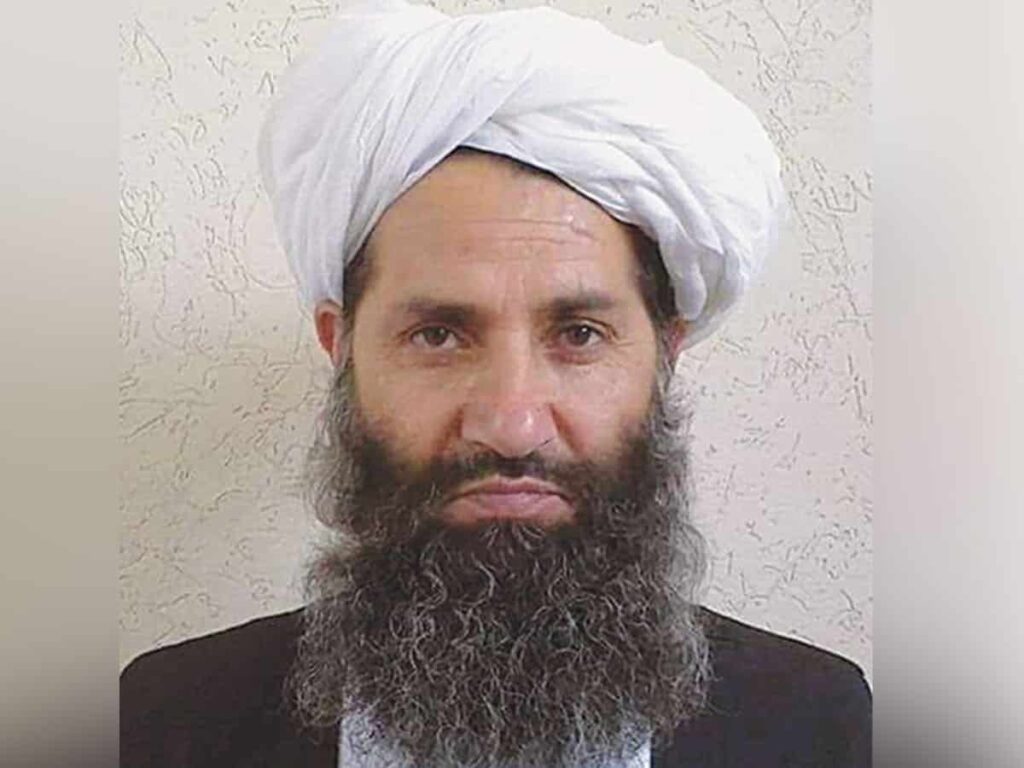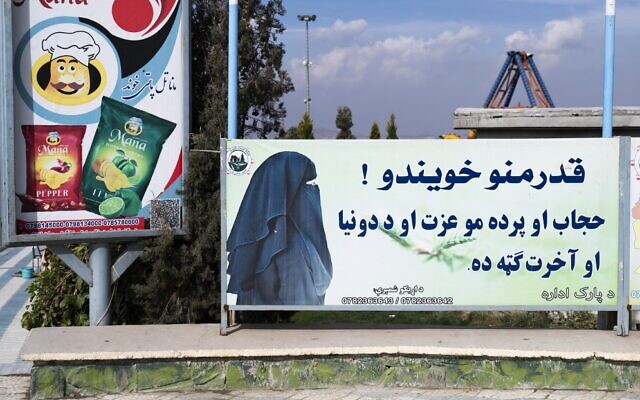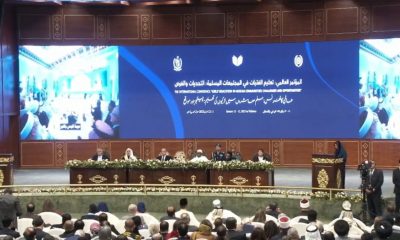Taliban supreme leader Sheikh Haibatullah Akhundzada has ordered judges to fully enforce aspects of Islamic law (Sharia law) that include public executions, stoning and floggings as well as amputation of limbs for thieves. The law is also applicable to punishments for crimes including kidnapping, robberies and sedition.
The “obligatory command” was made after Akhundzada met with the secretive leader, religious scholars, judges and heads of court in Kandahar city. During the talks, Akhundzada ordered the judges and heads of the courts to award Sharia punishments in cases that fulfilled all “Sharia” conditions.
The supreme leader also recommended that the cases of robbers, kidnappers and seditionists should be carefully and thoroughly investigated and the criminals must be punished according to the Sharia, insisting on all provisions of Sharia law be implemented. It is worth mentioning that since Taliban takeover of power on August 15 2021, no one has been punished under Sharia law, but in some provinces, some convicts were awarded 30 lashes each.
Akhundzada has not been filmed yet
Akhundzada, who has not been filmed or photographed in public since the Taliban returned to power in August last year, had just visited Kabul once during a Loya Jirga and went back to the Kandahar province. There is only one photo of him available in the media.

In July this year, Akhunzada attended a major gathering of religious leaders and elders in Kabul and briefed over 3,000 participants. When he suddenly entered the event, cheers and chants, including “Long Live” to the Islamic Emirate of Afghanistan were heard. The program was broadcasted on state radio, and once again no one was able to see his face.
During his speech, he said that the success of the Afghan jihad is not only a source of pride for Afghans but also for Muslims all over the world.
Taliban promised to rule more moderately
Last time when the Taliban ruled Afghanistan from 1996 to 2001, they had implemented Sharia law which included violent punishments such as public executions, stoning, floggings and amputations. But within the 1400-year tradition of Sharia, there have been hardly any Islamic countries to implement the law the way the Taliban do.
Indeed, the Taliban have a particular approach to Sharia, and no one can deny this. The question is whether the Taliban are on the right path on Sharia. A topic that itself needs a detailed academic discussion. In the history of Islam, fewer hands were chopped off, and less people stoned to death, and many scholars argue that Sharia law has many aspects to be investigated before its execution. Anyways, this topic is not the point of discussions here now.
Taliban after seizing power last August, has attempted to project a more moderate image likely to gain international support, but it has been for months now that the Taliban has clamped down on rights and freedom.
Women activities are more restricted
Women in Afghanistan can no longer work in most sectors and require a male guardian for long-distance travel, and the girls have been barred from secondary schools for one year now. Just last week, women were stopped from entering amusement parks in Kabul, and they were also banned from going to gyms and public baths. Women have already lost their jobs in government offices and it seems the Taliban are squeezing women out of public life.

This photograph, taken on November 9, 2022, shows a poster (R) reading in Pashto, ‘Dear sisters! Hijab and veil are your dignity and are in your benefit in this world and in the hereafter,’ at the Habibullah Zazai Park on the outskirts of Kabul. (AFP)
“There were male trainers in gyms across Kabul city, we decided to close it until they get a female trainer,” a Taliban official at the Ministry for the Prevention of Vice and Promotion of Virtue told Harici.
He said that the Taliban is committed to women’s rights, but there are some issues which are in contrast to the Islamic teachings.
“Women can protest; you see there are many protests now in Kabul. We treat them very well until they don’t cross their limit. What was the need to burn headscarf? Some women may not like headscarves but many others love to wear a proper headscarf and no one has the right to disrespect them,” the official anonymously told Harici.
From the outset, the Taliban said issues such as the media and women’s rights would be respected according to “Islamic law”, but had not provided details of what that would mean in practice.
What is Sharia, explanation requires knowledge
Sharia is Islam’s legal system and it has derived from the Holy Quran as well as the Sunnah and Hadith of the Prophet Mohammad (PBUH). Hadith means the saying of Mohammad (PBUH) and the word Sharia, which is in Arabic, means “the clear, well-trodden path to water.” Sharia could also translate as code for living, where it helps the Muslims to lead every aspect of their lives accordingly.
One interpretation of Sharia could afford women extensive rights, while another could leave women with few, and there is no clear explanation as to what kind of Sharia law the Taliban will follow. Indeed, Muslims have only one book (Quran) and one Prophet, but Sharia law in Saudi Arabia is much different from Iran, the same applies in Afghanistan compared to Indonesia.
Banning women from workplaces and girls from going to school is very much difficult to explain in the eyes of Sharia law. Many Afghan clerics, including some of the Taliban top members, called on the Taliban to immediately reopen schools for girls. The official said that education is obligatory on both man and women according to Islam. With this, the interpretations of Sharia are a matter of debate not only in Afghanistan but in all Islamic worlds.

 OPINION2 weeks ago
OPINION2 weeks ago
 DIPLOMACY1 week ago
DIPLOMACY1 week ago
 DIPLOMACY6 days ago
DIPLOMACY6 days ago
 ASIA1 week ago
ASIA1 week ago
 DIPLOMACY7 days ago
DIPLOMACY7 days ago
 MIDDLE EAST2 weeks ago
MIDDLE EAST2 weeks ago
 ASIA7 days ago
ASIA7 days ago
 MIDDLE EAST1 week ago
MIDDLE EAST1 week ago





















